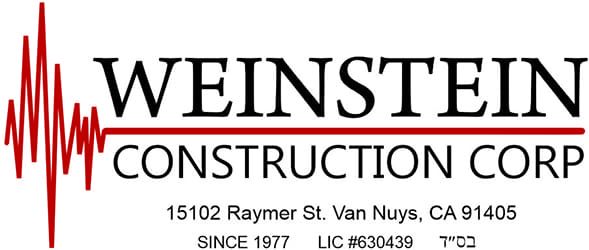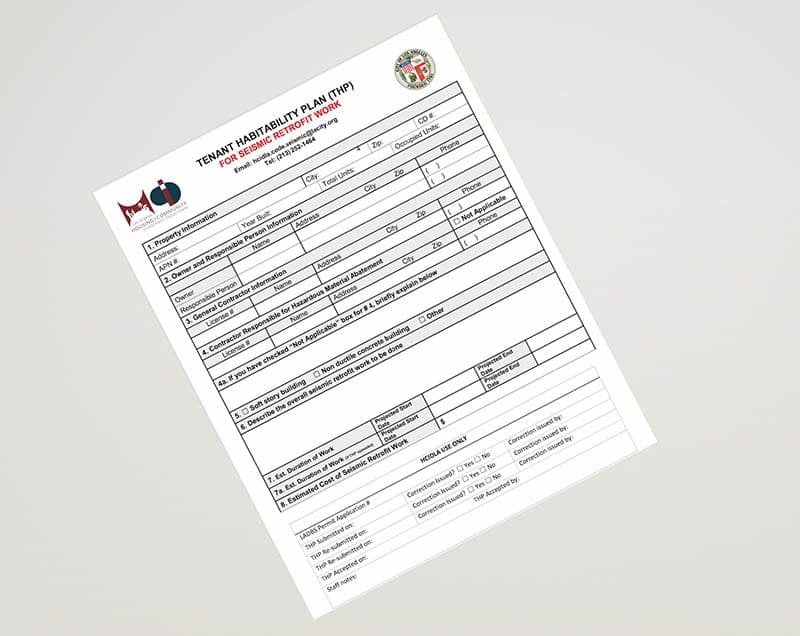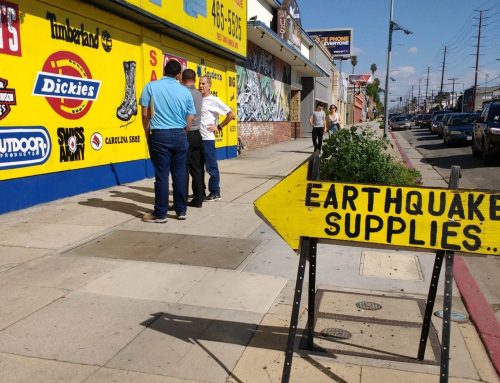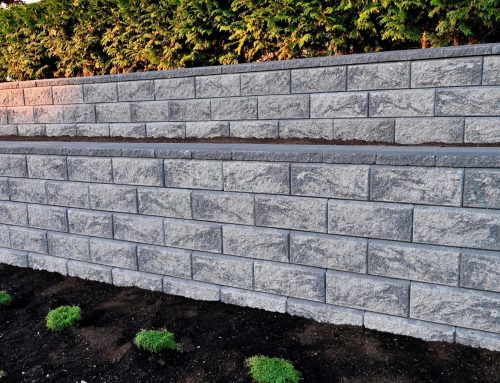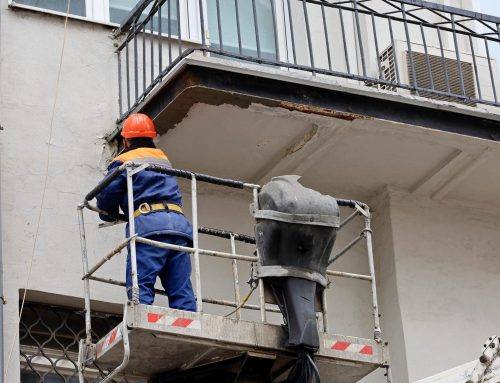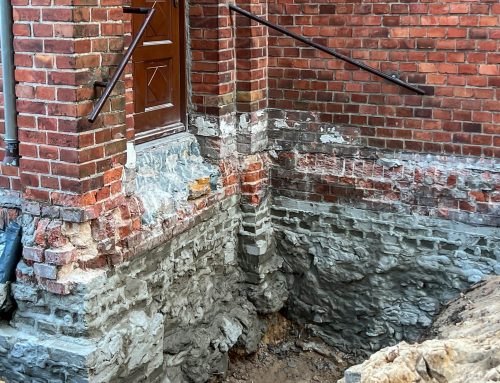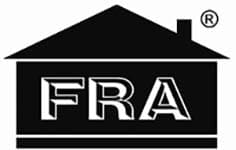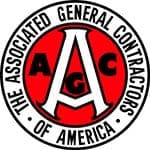Have you read our recent blog on the requirements of the City of Los Angeles’ Soft Story Retrofit Program? Our last blog discussed how the City has identified buildings vulnerable to structural failure both during and after an earthquake, and what the timelines and first steps are, when undertaking a Soft Story retrofit project. In this blog, which is the second in the series on the Mandatory Soft Story Retrofit Program, we discuss the requirements of the City’s Tenant Habitability Program, as administered by the City’s Housing and Community Investment Department (“HCIDLA”) (which is part of the Los Angeles Housing Department). Be sure to also read our dedicated blog which explains the importance of the HCIDLA!
Tenant Habitability Program in Los Angeles
You are probably already wondering, what is the Tenant Habitability Program? Well, this mandatory City program of the Los Angeles Department of Building and Safety (“LADBS”) requires a property owner and/or landlord undertaking a Soft Story retrofit to develop a Tenant Habitability Plan (“THP”) to mitigate the impact of retrofitting construction activities on the tenants residing at the property. The THP also allows property owners and landlords to recoup some of the costs of the Soft Story retrofit as a pass-through to their tenants!
As part of the THP process, property owners and landlords must take a number of important steps to ensure that tenants can remain safely in-place during construction activities, or alternatively, if tenant safety cannot be arranged, the landlord must temporarily relocate the tenants elsewhere.
How does a property owner or landlord file the THP
In case you are wondering, how is the THP filed? We have the answer for you! Property owners and/or landlords must file the THP application promptly with the HCIDLA at any time before the retrofit work begins. Typically, the steps for filing the THP include:
- Property owner and/or landlord receives the LADBS Order and responds to it by providing a structural analysis.
- LADBS then requires the property owner and/or landlord to obtain HCIDLA clearance of the THP.
- Property owner and/or landlord contacts the HCIDLA to obtain and completes the THP application forms.
- Property owner and/or landlord and contractor then jointly develop the THP, including an estimate of the duration of work and impact to tenants, and property owner then submits the THP to the HCIDLA.
- The HCIDLA will accept the THP if it adequately mitigates the retrofit work impact on the tenants residing on the property.
- The property owner and/or landlord must serve each tenant with a copy of the HCIDLA-accepted THP (in writing, and in the same language the rental agreement is written in).
- Tenants may appeal the THP within 15 days, in which case the HCIDLA will conduct a THP appeal hearing and determine appropriate next steps. If the THP is not appealed, the HCIDLA will clear the retrofit permit for issuance.
What is included in the Tenant Habitability Program (THP)
THP applications typically contain the following information:
- Property ownership information, property identification, and a list of the tenants that includes the amount of their rent payments.
- A description of the anticipated impact of the work to the apartments and common areas, as well as the proposed mitigation measures.
- The anticipated impact of the work to tenants’ personal property and the proposed mitigation measures.
- A discussion on the accidental and/or planned temporary disruptions to water, electrical, gas, or sewer services (e.g., if such disruptions are necessary, then they may not occur outside of the hours of 8:00 a.m. to 5:00 p.m., Monday through Friday).
Are tenants allowed to remain in their rental apartments during construction
If you are wondering whether or not tenants can remain inside their apartments during construction, the answer is yes! Tenants are allowed to remain in their apartments while the Soft Story retrofit is taking place, so long as the construction doesn’t make the rental unit uninhabitable, or exposes the tenants to harmful materials. The Soft Story retrofit contractors are allowed to work at the job site on Monday through Friday, from 8:00 am to 5:00 pm, and if utilities must be turned off during construction, they must be turned back on by 5:00 pm.
Is a THP always required
The next question on your list is probably, is a THP always required for a Soft Story retrofit project? The answer to that question is yes, the THP is always required, even if the property owner and/or landlord and contractor do not anticipate any impact to the apartments or to tenants’ personal property. This is because the THP also covers other important information such as the contractor’s work hours, the estimated duration of the work, the estimated completion date, and the general construction safety requirements that are applicable to the worksite.
Can the project contractors start work before obtaining a THP approval
One of our Soft Story clients recently asked us if we could start working before he had the project THP approved, and we had to tell him no, the project could not proceed without a THP approval! Property owners and/or landlords should note that the LADBS will not issue a retrofit permit, and retrofit work cannot begin, until the HCIDLA accepts the THP and provides a clearance to issue the retrofit permit.
Can a property owner / landlord recover the costs of the Soft Story retrofit
And finally, all of our Soft Story clients want to know, will the HCIDLA approve a rent increase? The answer to this question is typically yes, if a property owner and/or landlord submits a temporary rent increase request within one year of completing the Soft Story retrofit, the HCIDLA will notify tenants of the increase and the tenants will have the opportunity to submit their objections, if any, in writing. If the rent increase is approved by the HCILDA, the property owner and/or landlord can typically recover up to 50% of the Soft Story retrofit costs in a rent increase, which is spread out over a number of years.
Stay tuned for our upcoming blog, which will discuss how the Soft Story retrofit project is kicked-off!
Meanwhile, if you wish to discuss the paperwork requirements for a Soft Story retrofit with one of Weinstein Construction’s Soft Story professionals, or if you’d like to schedule a free, no-obligation inspection of your Soft Story structure, call Weinstein Construction at (888) 412-8363! Be prepared and have peace of mind when the next “Big One” hits!
